-
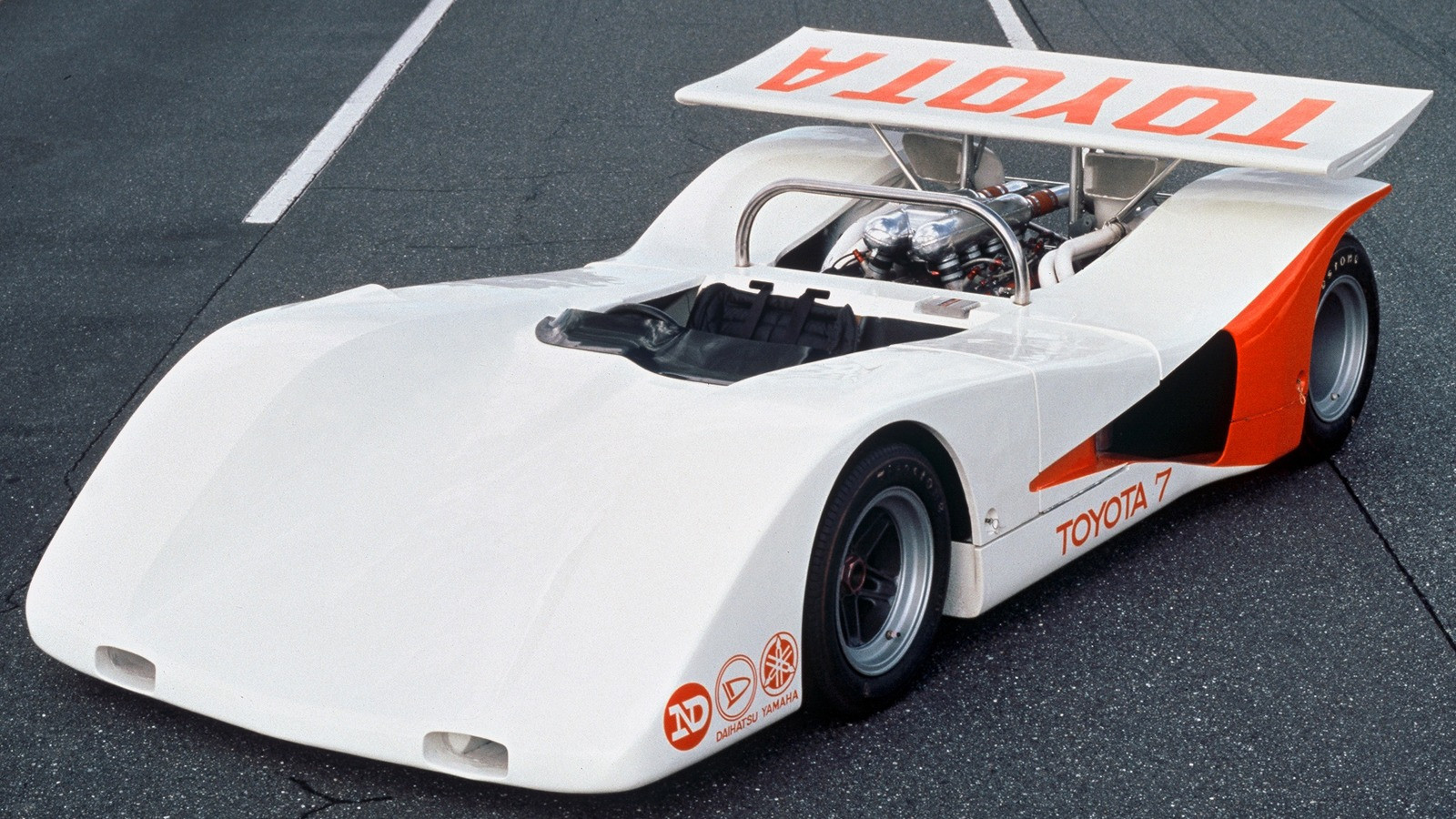 © Toyota
© Toyota -
 © MartyB/WikiCommons
© MartyB/WikiCommons -
 © Alfa Romeo
© Alfa Romeo -
 © Stutt Cars
© Stutt Cars -
 © WallpaperUP/Belle Deesse
© WallpaperUP/Belle Deesse -
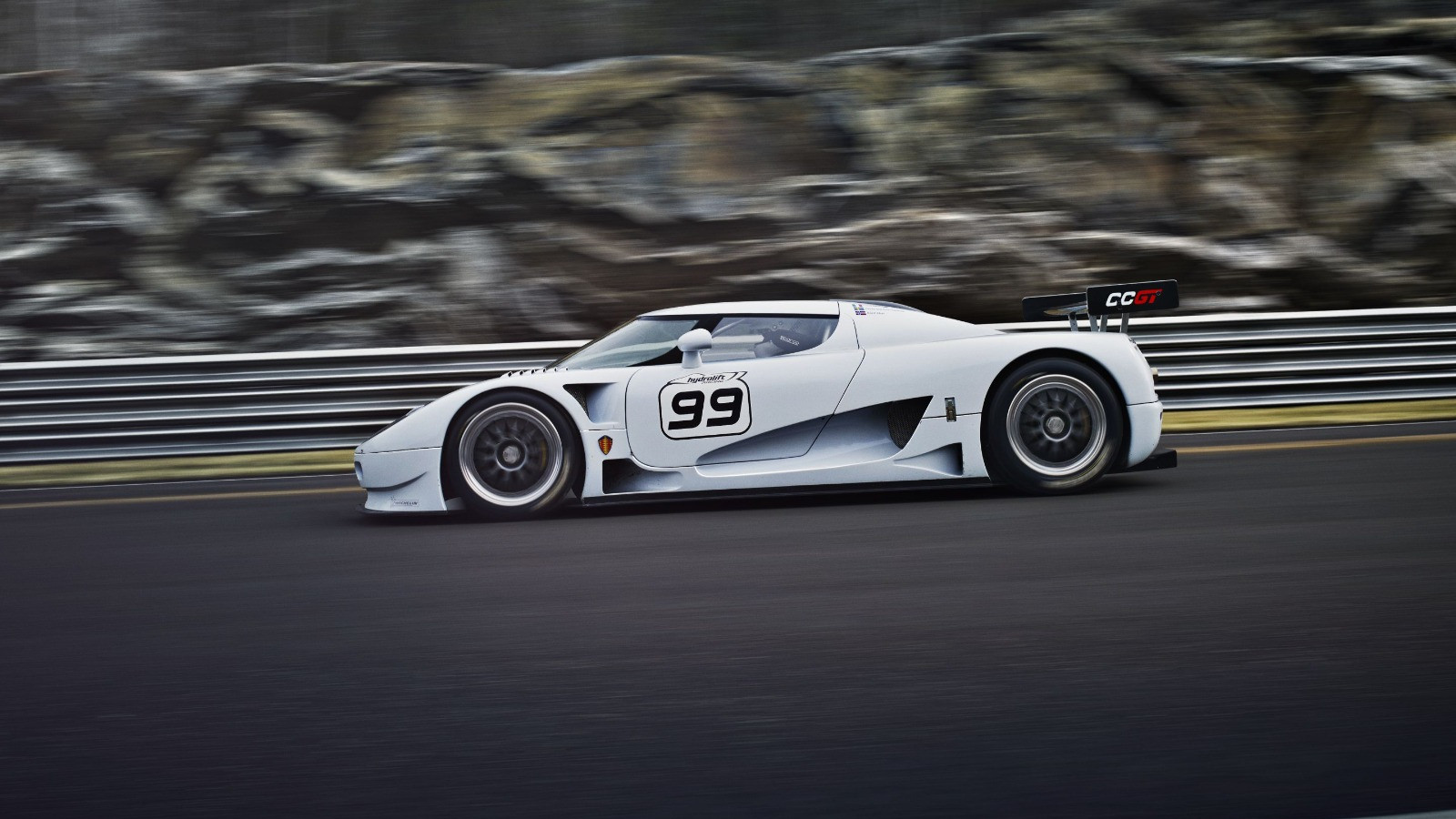 © Koenigsegg
© Koenigsegg -
 © Unraced F1
© Unraced F1 -
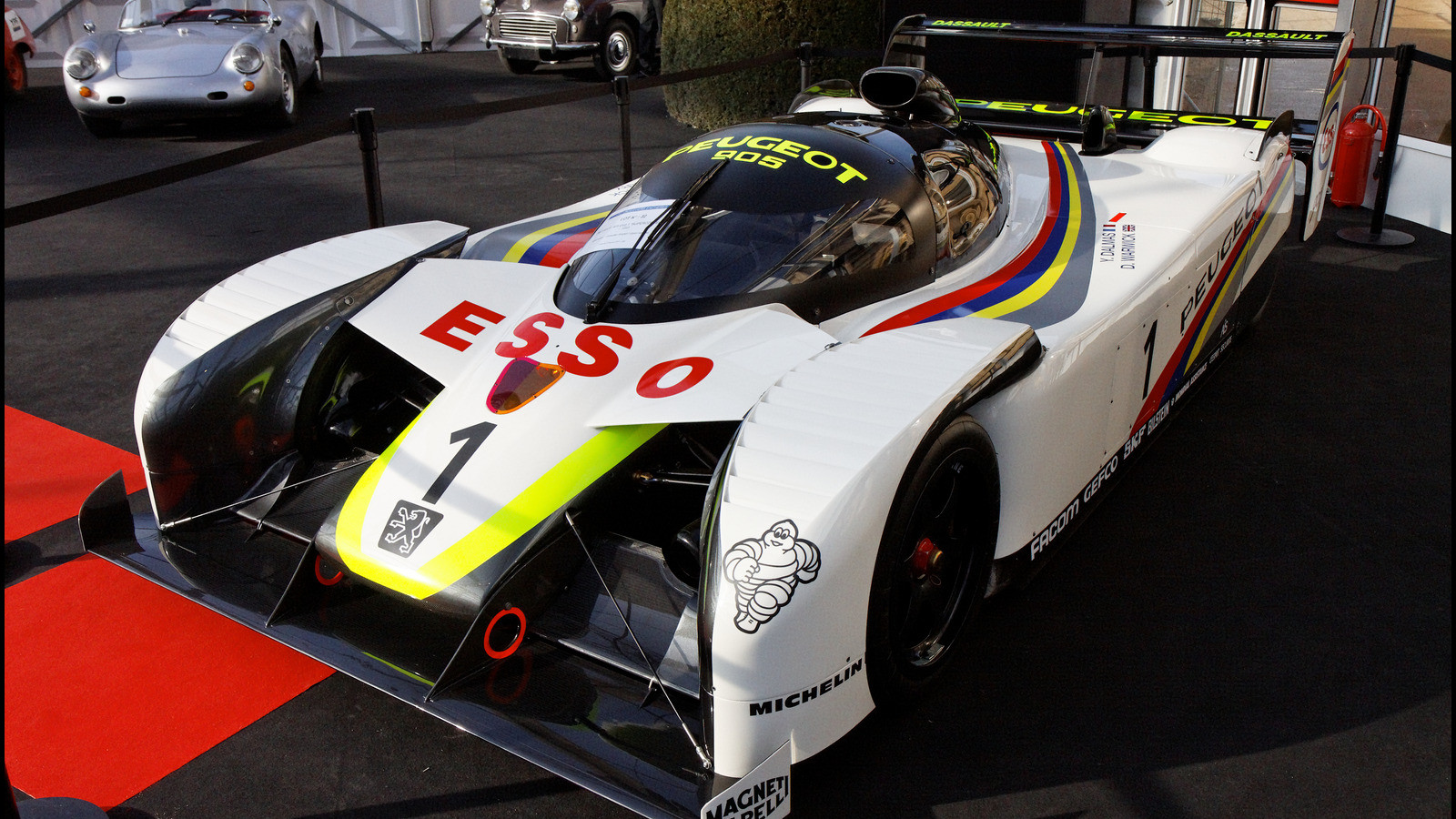 © TheSuperMat/WikiCommons
© TheSuperMat/WikiCommons -
 © 160SX/Wikipedia
© 160SX/Wikipedia -
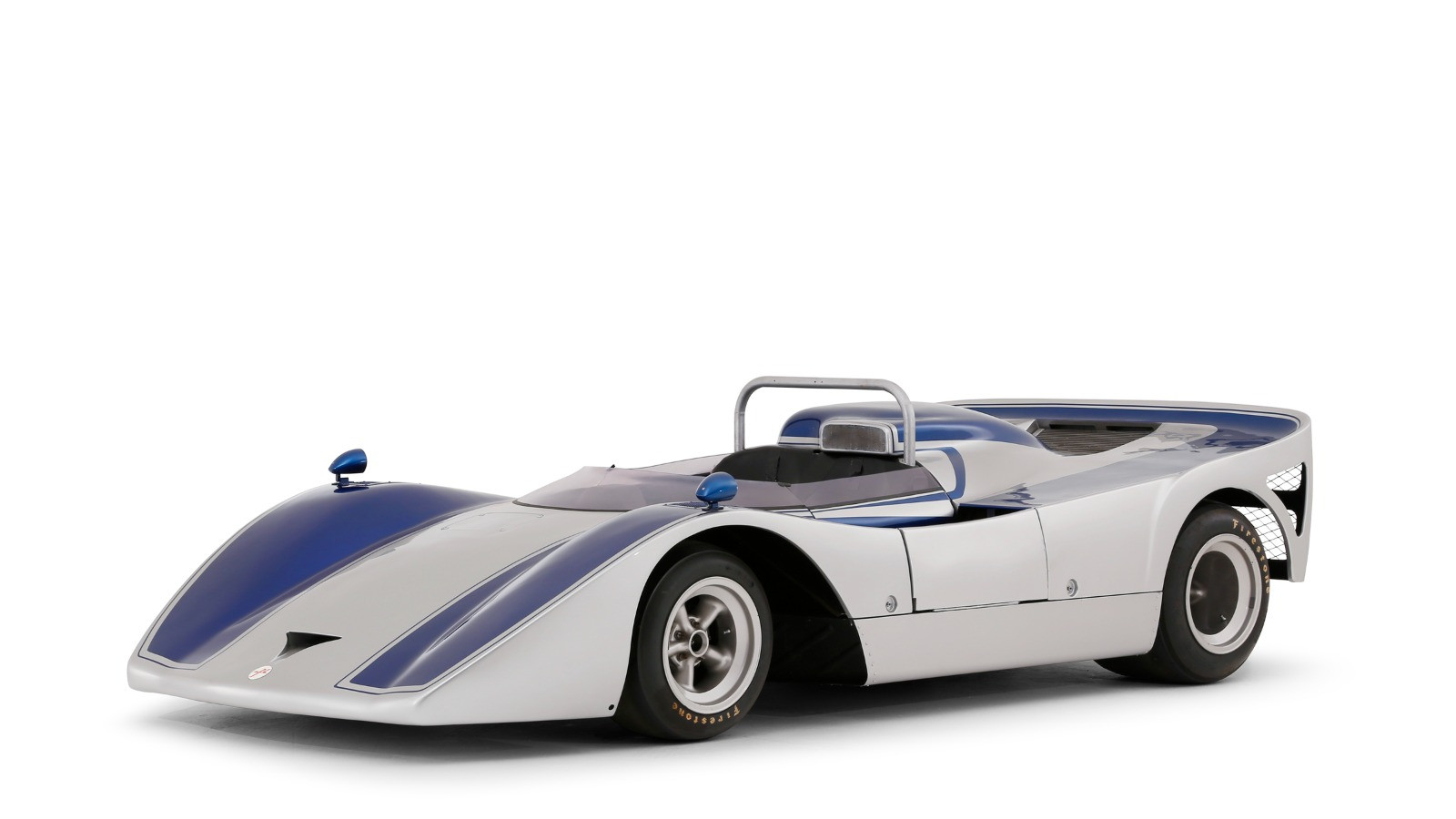 © Nissan
© Nissan -
 © Toyota
© Toyota -
 © Roberto Motta/WikiCommons
© Roberto Motta/WikiCommons -
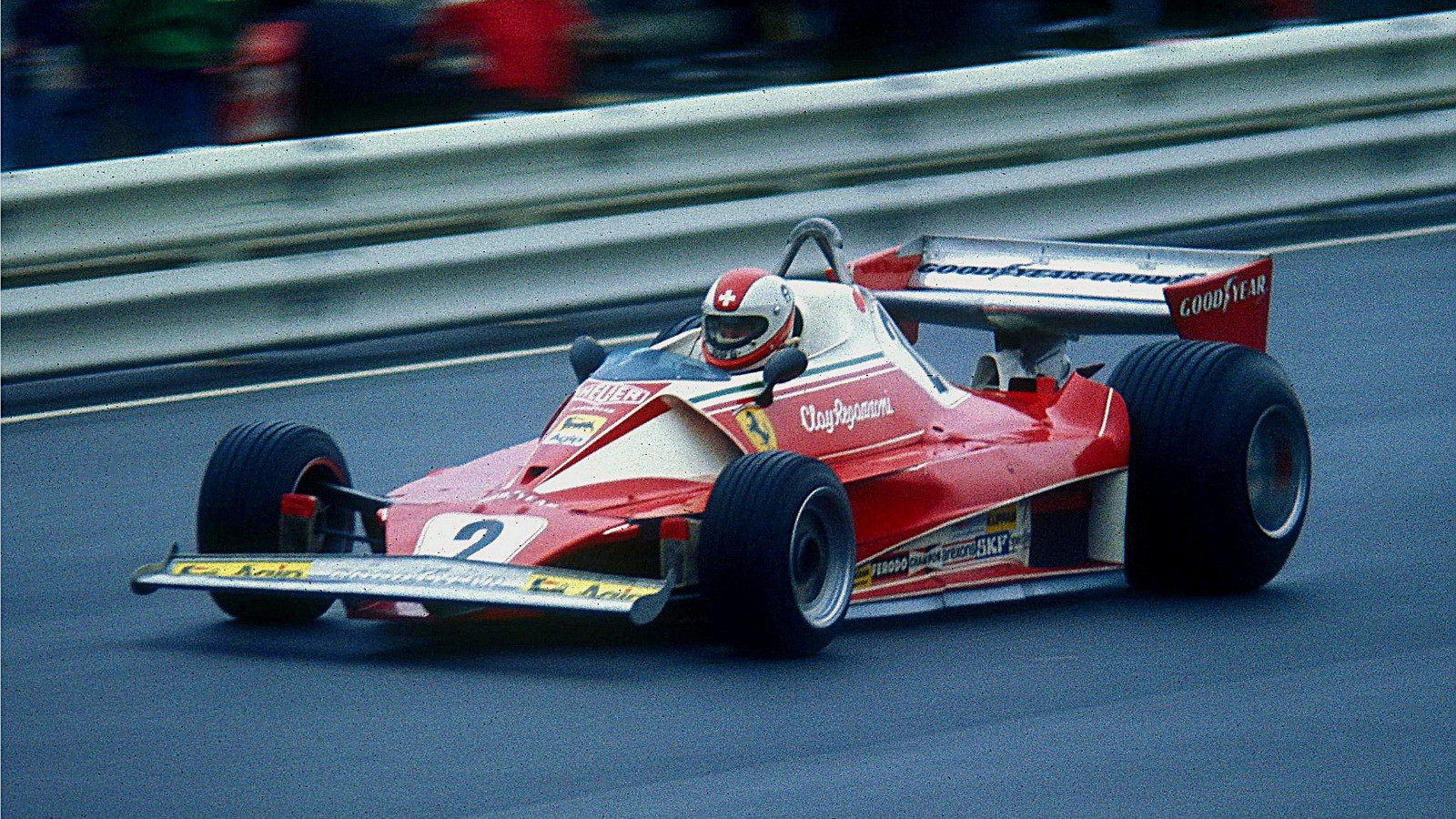 © Lothar Spurzem/WikiCommons
© Lothar Spurzem/WikiCommons -
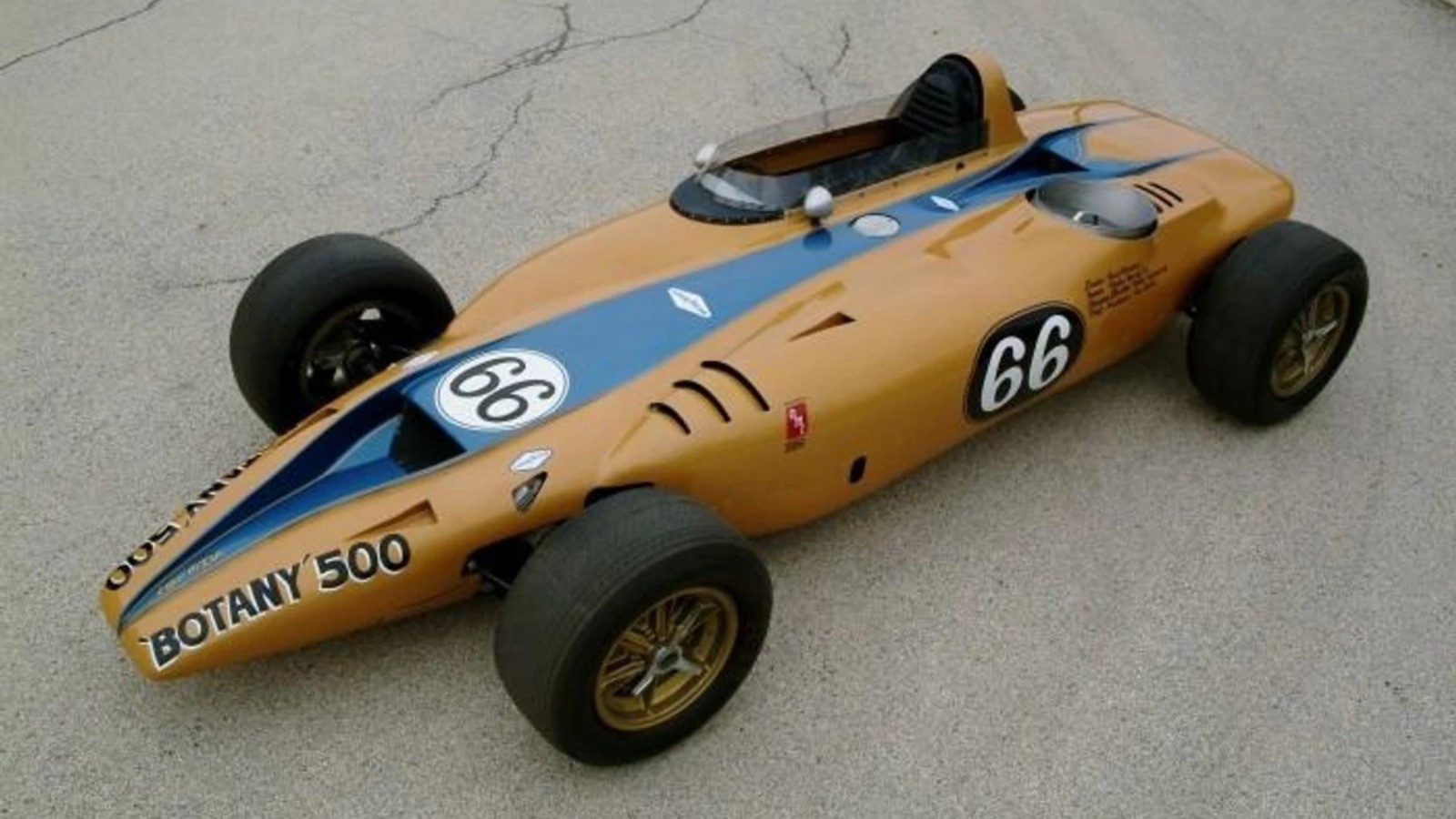 © Hemmings
© Hemmings -
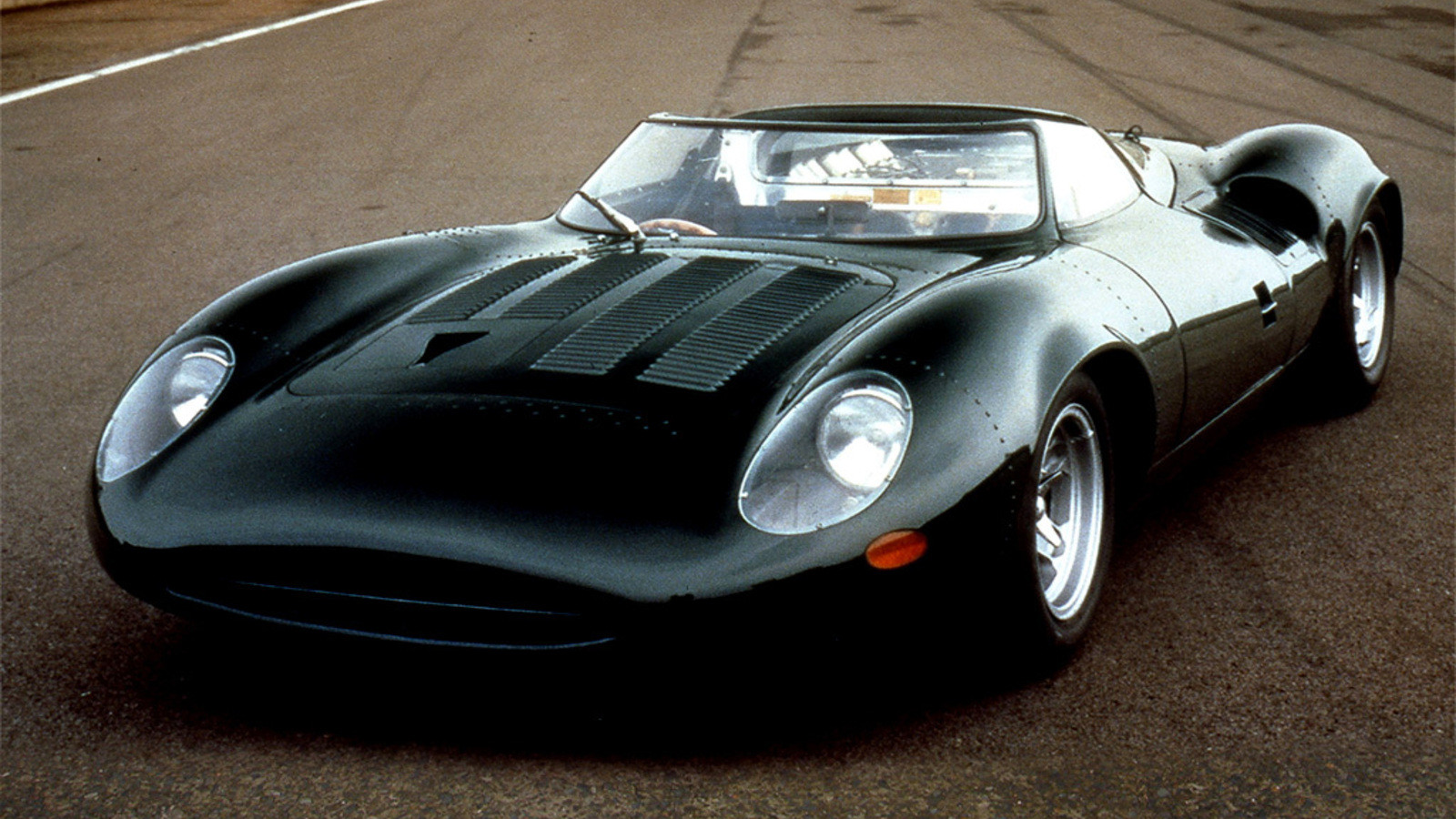 © Jaguar
© Jaguar -
 © Zairon/WikiCommons
© Zairon/WikiCommons -
 © Andrew Basterfield/WikiCommons
© Andrew Basterfield/WikiCommons -
 © Williams
© Williams -
 © Stutt Cars
© Stutt Cars -
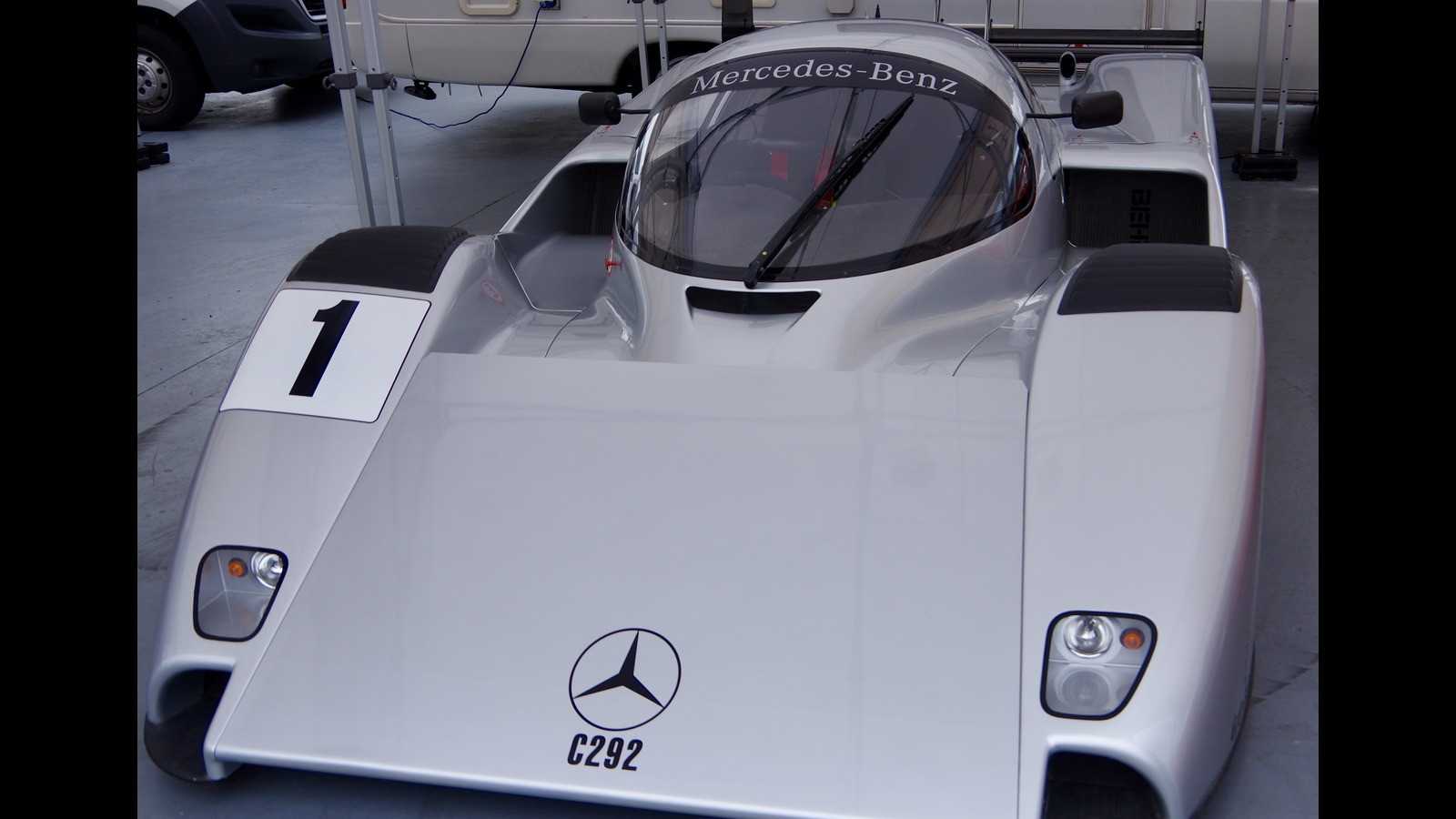 © David Merrett/WikiCommons
© David Merrett/WikiCommons -
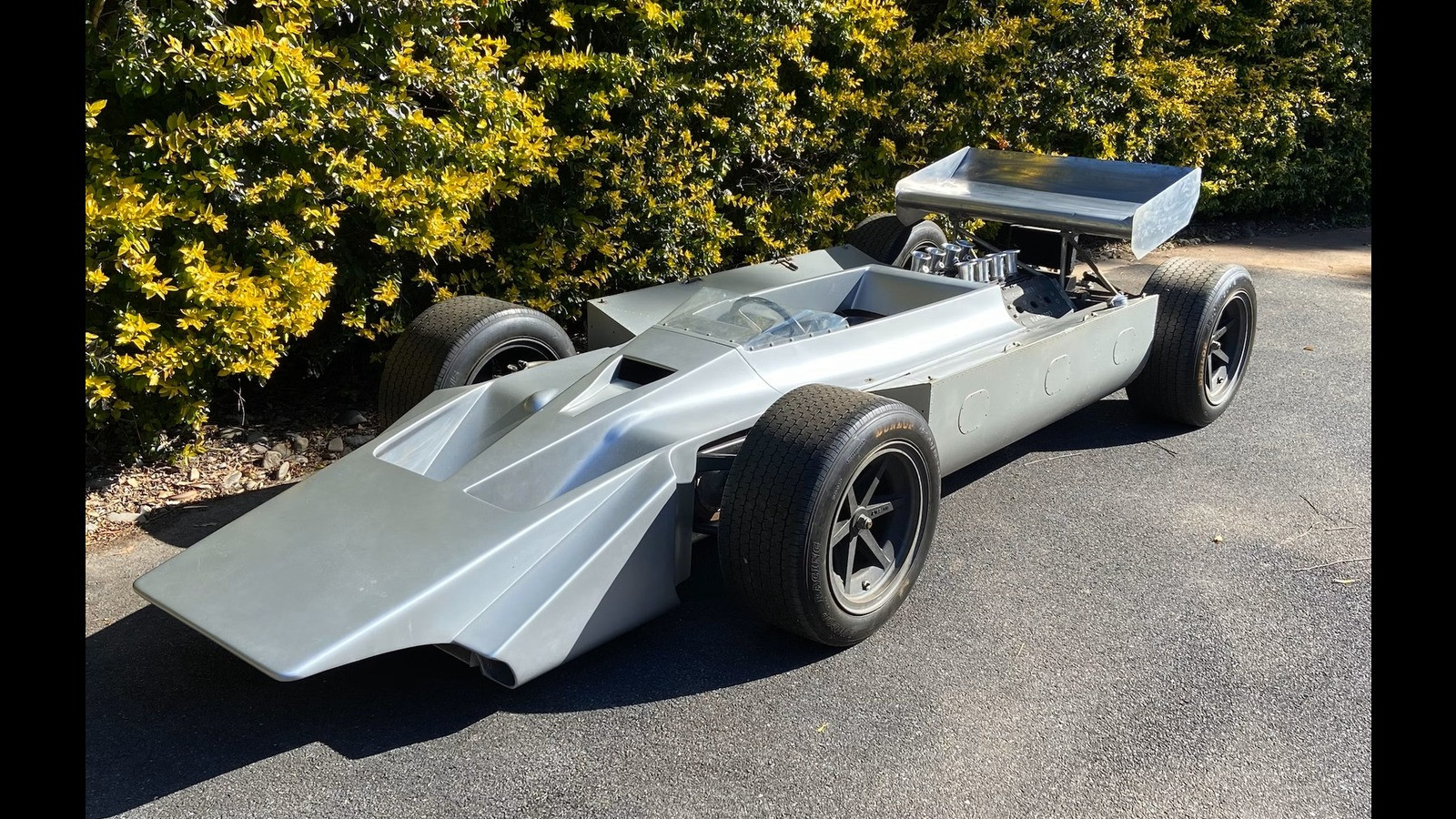 © Collecting Cars
© Collecting Cars -
 © StahlKocher/WikiCommons
© StahlKocher/WikiCommons -
 © Formula1Wiki
© Formula1Wiki -
 © Dams
© Dams
-
Destiny unfulfilled
Aerodynamics, lightweight components, a tight chassis, grippy tyres and a powerful engine are some of the many ingredients that make up a racing car.
Many companies spend years carefully planning their track-bound weapons, and often devoting hundreds of hours to testing and development to give the racing team, driver and car the best chance of a podium finish – or even victory.
But what happened to those racers that never got their chance to hit the track? Now, in no particular order, is their time to shine.
-
1. Ferrari F50 GT
The roadgoing Ferrari F50 was legendary, and in 1996 Dallara and ATR teamed up with Ferrari to build a car to take on the BPR Global GT Series.
This car was the F50 GT. It had various cosmetic adjustments over the road car such as a fixed roof, a large rear wing and a new front spoiler.
The 4.7-litre V12 was tuned to deliver 740bhp at 10,500rpm and it was quicker than a Ferrari 333SP in a test environment.
Ferrari ended up cancelling the F50 GT because the company was unhappy that special homologation cars, such as the Porsche 911 GT1, were being allowed to race and because they wanted to focus on Formula One.
Only three F50 GTs were made.
-
2. Alfa Romeo 164 ProCar
ProCar was intended to be a series that would run alongside Formula One and use cars that looked just like showroom models.
The regulations were as follows. Racers were based on production cars that had at least 25,000 units made per year, the exterior dimensions of which couldn’t be changed.
Underneath, things were much more interesting. The ProCar was fitted with an F1-spec V10, producing more than 600bhp – in a car that weighed just 750kg, this meant a 217mph top speed.
Alfa tried to rally interest in the series by taking the car to Monza in 1988, but it was fitted with poor tyres.
This resulted in an uninspiringly slow lap which saw other manufacturers siphon their cash elsewhere and the series was canned.
-
3. Porsche LMP2000
Developed between 1998 and 2000 was the LMP2000, a car destined for Le Mans.
It was designed around Porsche’s 3.5-litre V10 F1 engine of 1992, which was then scaled to 5.5 litres and produced around 700bhp.
The lightweight body panels and carbonfibre tub were constructed by Lola Composites, giving the car a sub-900kg weight.
Then 1999 arrived and the project was halted, even though the chassis was complete and the car had undergone testing, yielding positive results.
Eventually, the project was cancelled, and it’s believed Porsche wanted to avoid competing with its Audi R8 opponent. The engine was then used to mould the legendary Carrera GT road car.
-
4. Venturi Heritage GT3
Built to race in the Group GT3 series of 2006, the Heritage GT3 featured a mid-mounted Audi-derived 4.2-litre supercharged V8 with 500bhp which gave it a 186mph top speed.
Under its sleek bodywork was a carbonfibre chassis.
It all started with the Atlantique of the 1990s that flopped commercially in 2000 which killed the company.
Venturi was revived, however, resulting in the Heritage GT3, a car that wasn’t on anyone’s radar originally.
The completed car was displayed at the initial press calls in Monte Carlo and Circuit Paul Ricard alongside various competitors, but then the project fell silent.
The two Venturi Heritage GT3s built later emerged as having been sold to a French collector.
-
5. Koenigsegg CCGT
Koenigsegg was looking at ways to promote its new 806bhp CCX in 2006 and what better way to do that than to build a motorsport variant, the CCGT.
It copied its bones from the CCX and it was allowed to enter GT1 because Koenigsegg had built the GT1 dimension requirements into its road cars to permit this.
It used the CCX’s engine, but the supercharger was ditched, lowering power to 600bhp, although weight was down to just 1000kg thanks to the carbonfibre chassis.
Then revised GT1 regulations arrived, carbonfibre monocoques were no longer allowed and minimum production numbers for roadgoing cars were increased from 20 cars over several years to 350 cars per year, killing any hopes of racing the CCGT.
-
6. Alpine A350
The A350 was to be an F1 car, although it was unauthorised and kept a secret for many years.
It used a 300bhp Gordini V8 engine, Fiat suspension that was to give no negative camber while the car was cornering, plus front wheels connected by wishbones to the main frame.
Mauro Bianchi tested the car extensively in 1968 and it was then ready to make its debut at the French Grand Prix.
Just as the team was ready to travel to the track, a memo arrived stating it was not allowed to use the Gordini engine due to the conservative alignment with the Renault board.
The car was then destroyed and only a few pieces of the A350 remain.
-
7. Peugeot 905 Supercopter
Peugeot’s original 905 was unveiled in 1990 ahead of the new rules for the following Group C season, but it was blown out of the water by the Jaguar XJR14.
Peugeot then followed it with the new Evo 2 which had more power (700bhp) and had leapt forward in terms of its aero, thanks to an enormous rear wing and a nose-mounted aerofoil for more downforce.
It was given its ‘Supercopter’ moniker by French journalists, comparing it to the French title of the Airwolf TV show.
The series was on its last breath, and a dwindling grid and shortened calendar put the nail in the coffin. Instead, the Supercopter would remain as a Le Mans Museum piece.
-
8. Nissan P35
Production of the P35 began in 1992 as a response to new Group C cars being introduced that would outpace Nissan’s older cars.
Nissan intended to build the P35 from carbonfibre, although the test cars were built from aluminium and carbon to save time, and because the Nissan Performance Technology Inc didn’t have much experience of building carbonfibre chassis.
However, the economic troubles of the era meant that the project was canned soon after the first few cars had been tested. In total, just three cars were built.
-
9. Nissan R383
Nissan needed to replace the R382 and in 1970 the R383 was born.
It kept the GRX-3 6-litre V12, although power was upped to 700bhp from 600bhp.
Nissan focused on aerodynamics and the old nose vents were removed which left the entire frontal area flat, the radiators were moved to the sides and vents were placed in the doors.
The manufacturer also built a turbocharged car for testing which produced 900bhp.
The cars were meant to enter the 1970 Japanese Grand Prix, competing against the likes of Toyota, Isuzu and Porsche, but the race was cancelled by the Japanese Automobile Federation, leaving the R383 with nowhere to compete.
-
10. Toyota 7 (578A)
Both Yamaha and Toyota were involved in building the 7, a Group 7 racer that would be Toyota’s first purpose-built racing car.
Things started in 1967 when Yamaha was brought in to work on an aluminium monocoque chassis for Toyota’s new 415S, an internal code for the Toyota 7.
It had two seats, a 300bhp 3-litre V8 and an overall weight of just 800kg.
Development of the new 578A, a turbocharged version, began in 1969. It had an 800bhp 5-litre V8 and it was ready to compete in the 1970 Japanese Grand Prix against the aforementioned Nissan R383.
Unfortunately, the series was cancelled.
-
11. Alfa Romeo SE048SP
V10 power and lightweight 750kg cars summed up Group C racing of the ’90s.
The SE048SP had a chassis that was developed by Abarth and it used the 3.5-litre V10 from the Alfa Romeo 164 ProCar.
At the time, Lancia was focused on dominating the World Rally Championship and Ferrari was concentrating on F1, which left Alfa Romeo as the only part of the Fiat Group that had the capacity for (non-F1) motor racing.
Very little was revealed about the SE048SP’s specifications and the car never left its development phase, due to cost and the shift from sports cars to Touring Cars.
At some point in its life, the V10 was removed and replaced with a Ferrari V12, as noted at its public Goodwood Festival of Speed appearance in 2010.
-
12. Ferrari 637
Enzo Ferrari was rather unhappy with the impending engine regulations in F1 and, as a result, he commissioned the design of an IndyCar – the 637 – that would take part in the American CART series which started in 1979.
Truesports CART team helped with the research and development phase and driver, Bobby Rahal, travelled to Italy to drive another Indy car, a March 85C-Cosworth, after which that car would be studied as part of the plan to build the 637.
A 2.65-litre turbocharged V8 car with 700bhp, mated to a moulded aluminium and composite carbon chassis, was the result.
Ferrari’s technical director, John Barnard, believed that the marque couldn’t be competitive in both F1 and IndyCar, so the plug was pulled.
-
13. Shelby Turbine
It was 1968 when Carroll Shelby and Ken Wallis, who had come close to winning the IndyCar series with turbine cars, struck an agreement to design a new turbine car.
The turbine unit would be a GE T-58 which produced 1325bhp and it was paired to a four-wheel-drive system; due to its size, it could only be placed on the side of the car.
The car went through testing, but a rule was introduced that mandated smaller intakes.
This saw Wallis cheat by fitting variable air intakes to the front of the car, but Shelby’s engineer who was involved in the project found out and quit, fearing his reputation. Shelby then pulled the Turbine from racing.
-
14. Jaguar XJ13
Considered to be one of the prettiest Jaguars of all time, the XJ13 was to compete in Le Mans in the mid-1960s but it was never a priority, and it became even less so after the BMC merge.
The aluminium bodywork was the art of Malcolm Sayer, the aerodynamicist behind the C-type and D-type.
A mid-mounted, 5-litre V12 was fitted and mated to a five-speed manual gearbox, while the suspension was like that of the E-type except for the coil-spring units.
The XJ13 was tested at MIRA and Silverstone, confirming that, if it was to compete, further development would be required. As is well known today, the car was crashed at MIRA by Norman Dewis.
Only one was made and it remained in storage.
-
15. Alfa Romeo Tipo 512
The Tipo 512 was the first mid-engined Alfa Romeo racer. That engine was a 1.5-litre V12, which had a short stroke at just 54.2mm compared to other Grand Prix cars, with two Roots-type superchargers, which meant 335bhp at 8600rpm.
In 1940, Alfa Romeo sent its test driver, Attilio Marinoni, out on public roads to test the 512’s suspension which was fitted to an Alfetta 158. The car crashed into a truck and Attilo Marinoni lost his life.
Alfa Romeo’s chief test driver deemed the car’s handling not good enough and only one other chassis was built before the project was cancelled.
-
16. Lotus 88
Designed by Colin Chapman, Peter Wright, Martin Ogilvie and Tony Rudd, the 88 was Lotus’ effort to maximise downforce and it was the first F1 car with a carbonfibre monocoque chassis to appear at a Grand Prix weekend.
The 88 used a twin-chassis system where the inner chassis would support the cockpit and would be independent of the outer one to take ground-effect pressures.
A 3-litre V8 powerplant made the car responsive, as reported by Lotus driver Nigel Mansell.
Other teams caught on to the twin-chassis tub which caused outrage because the FIA had previously banned movable aerodynamic devices.
The car passed scrutineering for the 1981 US Grand Prix West, other teams protested and it was banned. Lotus won its appeal, but the car broke before qualifying. Similar tales at the Brazilian, Argentinian and British Grands Prix meant it never saw competitive action.
-
17. Williams FW07D
Like most cars, F1 racers usually had four wheels, but not the FW07D – it had six.
Patrick Head, Williams’ technical director, came up with the idea to increase the straight-line speed of the company’s F1 car without using a turbo.
Back in the early 1980s, rear wheels on cars were large and caused aerodynamic drag – his idea was to use four front wheels at the rear, increasing the lift-to-drag ratio from 7.5 to 12.5.
During testing in November ’82, the car was rapid, setting numerous track records and providing heaps of traction due to the rear four wheels being driven.
The programme stopped there, however, after the FIA banned six-wheel cars.
-
18. Porsche 360 Cisitalia
Commissioned by Piero Dusio in 1946, the Cisitalia was a single-seater Grand Prix racer built by Porsche, capable of 186mph from its Roots-supercharged 1.5-litre flat-12.
The chassis featured chromoly tubing, plus the car had selectable four-wheel drive and a sequential gearbox. The suspension was independent with trailing arms at the front and parallel arms at the rear.
The prototype was soon finished, but Piero Dusio had run out of money which left the car in limbo until 1951.
Then, by 1952, Grand Prix rules had changed in favour of 2-litre naturally aspirated racers and the car was soon forgotten.
-
19. Sauber C292
Its sharp-edged front looked like it would cut through the Empire State Building, while the large side-mounted jet-fighter-like vents could suck in thousands of litres of air as it barrelled on to 200mph.
Its performance, sadly, wasn’t utilised, because Mercedes-Benz withdrew from the Group C championship of 1992 following its poor performance from the C281 in the 1991 season.
The C292 was to feature the same flat-12 engine, but due to that cancellation, it was never tested and therefore its potential still remains unknown. Mercedes-Benz wouldn’t build another sports car until the 1997 CLK-GTR.
-
20. Cosworth F1 car
In 1969, Cosworth had a go at designing and building an F1 Grand Prix car. It used a four-wheel-drive set-up and it was powered by a magnesium variant of the Cosworth DFV engine, producing somewhere in the region of 400 to 530bhp; the car reportedly only weighed 168kg.
It was made of a wood-aluminium laminate composite material (Mallite sheeting). The plan was to enter it into the 1969 British Grand Prix, but it was silently retracted, and the project was cancelled for unknown reasons.
-
21. March 2-4-0
Like the Williams FW07D, the March 2-4-0 was another six-wheeled F1 racer.
It was built in 1976 and followed in the tracks of the rather successful Tyrrell P34 six-wheeler.
The 2-4-0's designer, Robin Herd, apparently also concluded that front aerodynamics were nullified by larger rear tyres and, as a result, his six-wheeled car had 16in wheels all around – driving all four rear wheels would also give better grip.
The moniker 2-4-0 was made following the Whyte notation that was used to describe railway rolling stock: zero trailing wheels, four driven wheels and two leading wheels.
The car was driven at a hillclimb event in 1979 but, in 1982, the FIA banned four-wheel-drive cars and the 2-4-0 never raced.
-
22. Dome F105
When it comes to failed F1 racing cars, it’s difficult to top the F105.
Dome began building it in 1996 and suspicions began circulating about what engine was used, whether it was possibly a Honda Mugen unit and, if this was the case, was Honda was making a return to F1.
The F105 had a carbonfibre monocoque chassis and double-wishbone suspension.
In 1996, the car was ready to be tested at Suzuka with drivers Marco Apicella and Shinju Nakano at the helm.
However, the car caught fire due to an oil leak and caused utter desolation. A lack of funds meant that a replacement car was off the cards. Luckily, no one was hurt.
-
23. Dams GD-01
The final car on our list is the Dams GD-01, an F1 car that was built by a team that had masses of success in Formula 3000 and other junior categories.
Construction started in 1994, but limited finances meant that progress was lethargic.
Its monocoque chassis was made of aluminium and honeycomb, and its suspension was a fairly conventional set-up of wishbones and pushrod shock absorbers.
Unfortunately, the car’s far-fetched design showcased various issues during testing which, combined with a lack of financial backing, meant that the project was abandoned.
